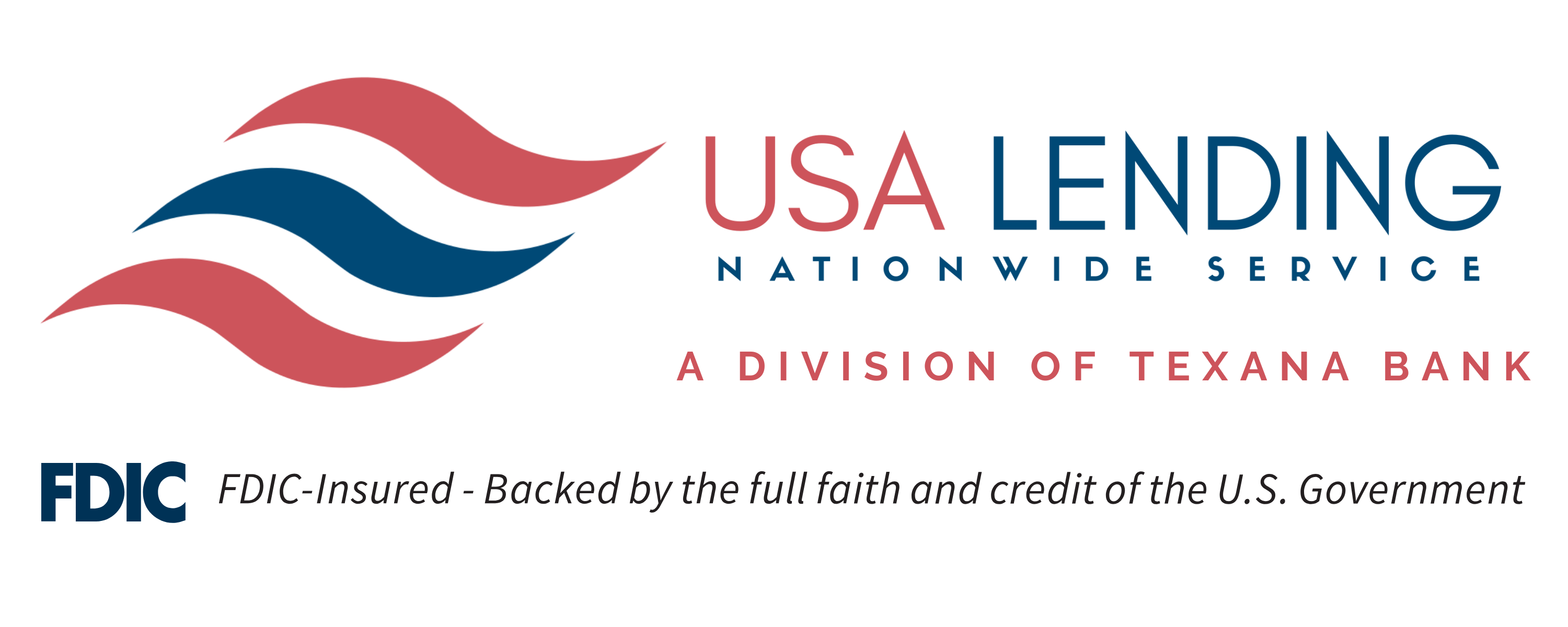Debt Service Coverage Ratio (DSCR) loans have become a pivotal financial product for real estate investors, especially those focusing on rental properties.
This type of loan evaluates the potential cash flow from a property rather than the individual borrower’s income. It is an attractive option for investors who may not meet traditional lending criteria based on personal income alone. In this article, we will delve into the intricacies of DSCR loans, outlining the most common guidelines, metrics, and considerations for potential borrowers.

Debt Service Coverage Ratio (DSCR) loans have become a pivotal financial product for real estate investors, especially those focusing on rental properties. This type of loan evaluates the potential cash flow from a property rather than the individual borrower’s income. It is an attractive option for investors who may not meet traditional lending criteria based on personal income alone. This article will delve into the intricacies of DSCR Loans For Investors, outlining the most common guidelines, metrics, and considerations for potential borrowers.

Understanding DSCR Loans
DSCR loans are underwritten based on the income generated by the property rather than the investor’s income. The Debt Service Coverage Ratio is a key metric used to assess the ability of the property’s income to cover its debt obligations, including principal, interest, taxes, insurance, and any homeowners’ association fees. The ratio is calculated by dividing the property’s annual net operating income (NOI) by its yearly debt service.
Common Guidelines and Metrics for DSCR Loans For Investors
- DSCR Minimum Requirement: Lenders typically look for a DSCR of 1.25 or higher, though this can vary depending on the lender and the specific circumstances of the loan. A DSCR of 1.25 indicates that the property generates 25% more income than is necessary to cover the debt service, providing a buffer to account for vacancies, maintenance, and other unforeseen expenses.
- Loan-to-Value (LTV) Ratios: LTV ratios for DSCR loans are generally more conservative than traditional mortgages. Most lenders will cap the LTV at 75-80%, requiring a higher down payment from the borrower to ensure sufficient property equity from the outset.
- Interest Rates and Terms: DSCR loans often have slightly higher interest rates than owner-occupied mortgages, reflecting the higher perceived risk. Loan terms can vary, with 30-year amortizations being quite common, providing the borrower lower monthly payments and better cash flow.
- Property Types: DSCR loans can be used for a wide range of investment properties, including single-family homes, condos, multifamily units, and even commercial properties in some cases.
- No Personal Income Verification: Unlike traditional loans, DSCR loans do not require the borrower to provide extensive personal financial documentation. The focus is on the property’s income-generating potential, simplifying the application process for investors with complex financial situations.
- Reserve Requirements: Lenders may require borrowers to hold a certain amount of cash reserves, often equivalent to a few months of debt service, to further mitigate risk.
The Application Process
Applying for a DSCR loan typically involves the following steps:
- Property Identification: The investor identifies a potential investment property that they believe will generate sufficient rental income.
- Preliminary Financial Analysis: The investor or their financial advisor conducts an initial analysis to estimate the property’s NOI and calculate the DSCR to ensure it meets the lender’s requirements.
- Loan Application: The borrower submits a loan application, along with the property’s financial details, including rental income, operating expenses, and any existing debt service.
- Appraisal and Underwriting: The lender conducts an appraisal to confirm the property’s value and performs underwriting to verify the financials and calculate the official DSCR.
- Loan Approval and Closing: If the DSCR and other factors meet the lender’s criteria, the loan is approved, and the closing process begins.
Advantages and Considerations of DSCR Loans For Investors
DSCR loans offer several advantages, including the ability to leverage the property’s income for loan qualification and the potential for investors to acquire multiple properties without being limited by their personal income. However, investors should be mindful of the higher interest rates, the need for significant down payments, and the importance of thorough due diligence to ensure the property’s income potential is accurately assessed.
Conclusion
DSCR loans represent a flexible financing option for real estate investors, enabling them to expand their portfolios based on the income-generating potential of their properties. By understanding the standard guidelines, metrics, and considerations associated with these loans, investors can make informed decisions and leverage DSCR loans effectively to achieve their investment goals. As with any financial product, consulting with a trusted mortgage advisor is crucial to understand the specific terms and conditions that apply to your situation.
Have questions? Give us a call! One of our mortgage advisors would happily answer all your questions.
FAQ: DSCR Loans
What is a DSCR Loan?
A DSCR (Debt Service Coverage Ratio) loan is a type of investment property loan where the lender primarily considers the income generated by the property to determine loan eligibility, rather than the personal income of the borrower. It’s especially popular among real estate investors looking to finance rental properties.
How is the DSCR Calculated?
The DSCR is calculated by dividing the property’s annual Net Operating Income (NOI) by its annual mortgage debt service (including principal, interest, taxes, insurance, and any HOA fees). A DSCR of 1.0 means the income exactly covers the debt service, while a ratio above 1.0 indicates surplus income.
What DSCR Ratio is Required?
Most lenders prefer a DSCR ratio of 1.25 or higher, although this can vary based on the lender’s requirements and the property’s specifics. A higher DSCR provides a buffer to account for potential vacancies or unexpected expenses.
Can I Qualify for a DSCR Loan Without Verifying My Personal Income?
Yes, one of the key advantages of a DSCR loan is that it focuses on the property’s income potential rather than the borrower’s personal income. This makes it an attractive option for investors who may not qualify for traditional financing based on their personal income alone.
What Types of Properties are Eligible for DSCR Loans?
DSCR loans can be used for various types of investment properties, including single-family homes, multi-family units, condos, and in some cases, commercial properties. The key requirement is that the property generates rental income.
What is the Typical Loan-to-Value (LTV) Ratio for a DSCR Loan?
The LTV ratios for DSCR loans are generally more conservative, often maxing out at 75-80%. This means borrowers may need to make a larger down payment compared to traditional loans.
Are Interest Rates Higher for DSCR Loans?
DSCR loans may carry slightly higher interest rates than owner-occupied loans due to the perceived higher risk associated with investment properties. The exact rate can vary based on the lender, the borrower’s credit profile, and the property’s characteristics.
What are the Reserve Requirements for a DSCR Loan?
Lenders may require borrowers to hold cash reserves, often equivalent to a few months of the property’s debt service. This provides an additional safety net for both the lender and borrower.
Can I Use a DSCR Loan to Refinance an Existing Property?
Yes, DSCR loans are not only for purchasing new properties but can also be used to refinance existing investment properties, provided they meet the DSCR requirements.
How Long is the Application Process for a DSCR Loan?
The application process duration can vary, but it generally takes longer than a personal mortgage due to the additional analysis involved in assessing the property’s income. Working with experienced lenders like USALending.AI can streamline this process.
Is a DSCR Loan Right for Me?
If you’re an investor looking to expand your portfolio without the constraints of traditional income verification, a DSCR loan might be a suitable option. It’s important to consider the property’s income potential, your investment strategy, and your financial situation.
How Can I Apply for a DSCR Loan with USALending.AI?
To apply for a DSCR loan or learn more about how it can fit into your investment strategy, contact USALending.AI. Our team of experts will guide you through the application process, helping you to understand all the requirements and how to maximize your investment potential.
Get started today!
Fill out the questionnaire on this page to start a discussion about your mortgage needs today!


